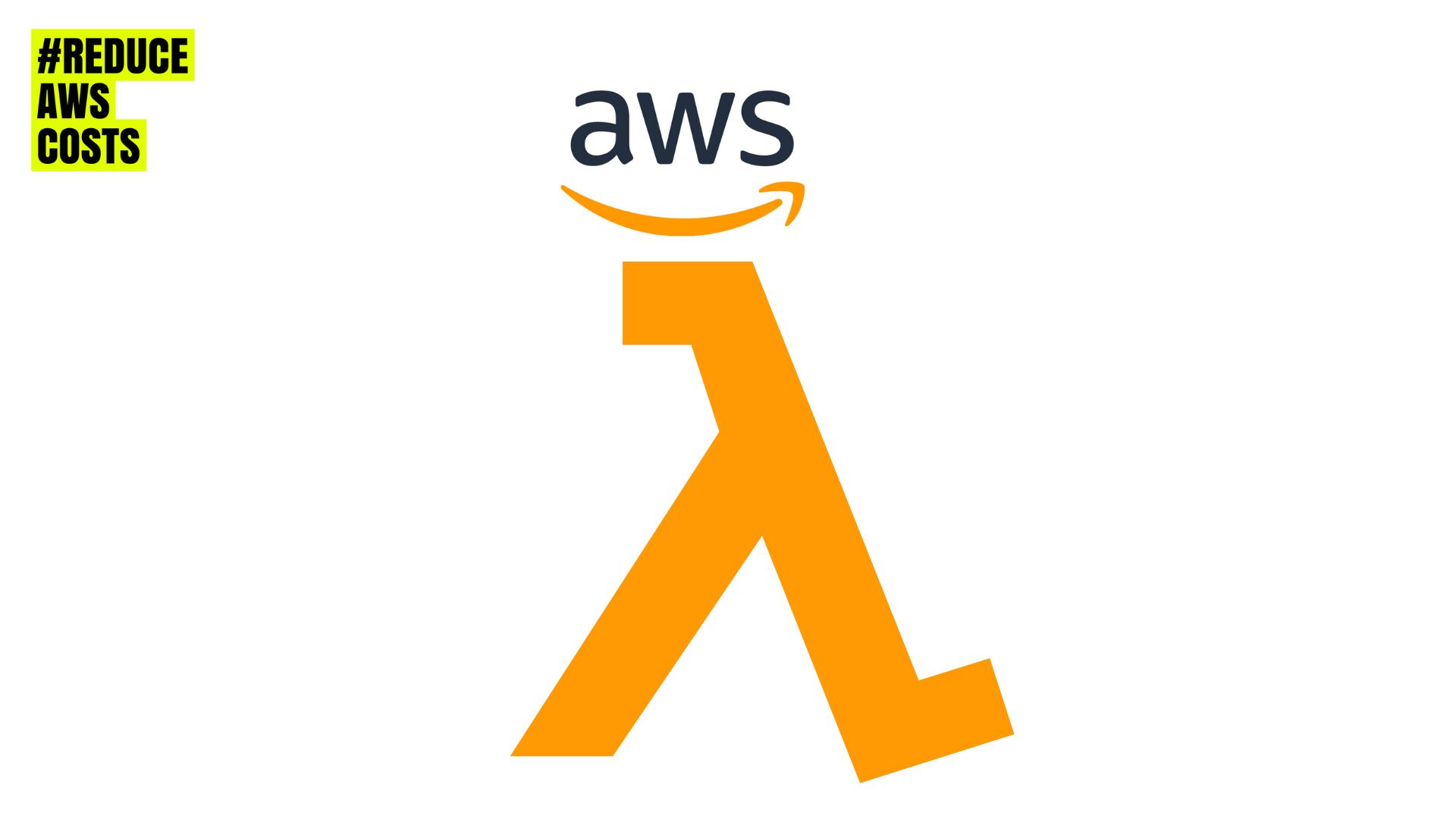Creating a well-thought-out plan for AWS savings not only enhances your financial efficiency but also positions your organization for sustainable growth.
Here’s a step-by-step guide to help you craft a strategic plan for maximizing AWS savings:
1. Assessment and Analysis
- Understand Current Usage: Conduct a thorough analysis of your current AWS usage, identifying key services, instances, and associated costs.
- Review Past Bills: Examine historical billing data to identify patterns, spikes, and areas of potential optimization.
2. Set Clear Objectives
- Define Savings Goals: Establish clear objectives for cost reduction. Identify specific areas or services where savings can be achieved without compromising performance.
3. AWS Cost Explorer
- Utilize AWS Cost Explorer: Leverage the AWS Cost Explorer tool to gain insights into your spending patterns. Identify trends, anomalies, and areas for potential optimization.
4. Rightsize Resources
- Identify Overprovisioning: Review your resource allocations, ensuring that instances are rightsized based on actual usage. Consider downsizing or utilizing different instance types to match requirements.
5. Reserved Instances and Savings Plans
- Explore Reserved Instances: Assess your long-term usage commitments and consider Reserved Instances for predictable workloads. This can lead to substantial savings compared to On-Demand pricing.
- Leverage Savings Plans: Investigate the use of Savings Plans, a flexible pricing model that offers significant savings for consistent usage.
6. Automate Workloads:
- Implement Automation: Leverage automation tools to manage workloads efficiently. Automate scaling, scheduling, and resource provisioning to align with demand, minimizing unnecessary expenses.
7. Eliminate Unused Resources
- Identify Zombie Assets: Identify and terminate unused or underutilized resources (zombie assets) to prevent unnecessary costs.
8. Optimize Storage
- Review EBS Volumes: Regularly review Elastic Block Storage (EBS) volumes and snapshots. Delete obsolete volumes and snapshots to minimize storage costs.
9. Monitor and Adjust
- Continuous Monitoring: Establish a robust monitoring system to track costs in real-time. Regularly review and adjust your AWS savings plan based on changing business needs.
10. Educate Teams
- Train Teams on Best Practices: Educate your teams on AWS best practices, cost management strategies, and the financial implications of their decisions. Foster a culture of cost consciousness.
11. Regular Reviews and Audits
- Conduct Periodic Reviews: Schedule regular reviews and audits of your AWS usage and costs. Stay proactive in identifying new opportunities for optimization.
12. Engage Expert Assistance
- Consult AWS Experts: If needed, seek assistance from AWS consulting partners or experts. Their experience can provide valuable insights into advanced optimization strategies.
By following these steps and tailoring them to your organization’s specific needs, you can create a comprehensive plan for AWS savings that aligns with your business goals, enhances efficiency, and ensures financial sustainability in the cloud.




